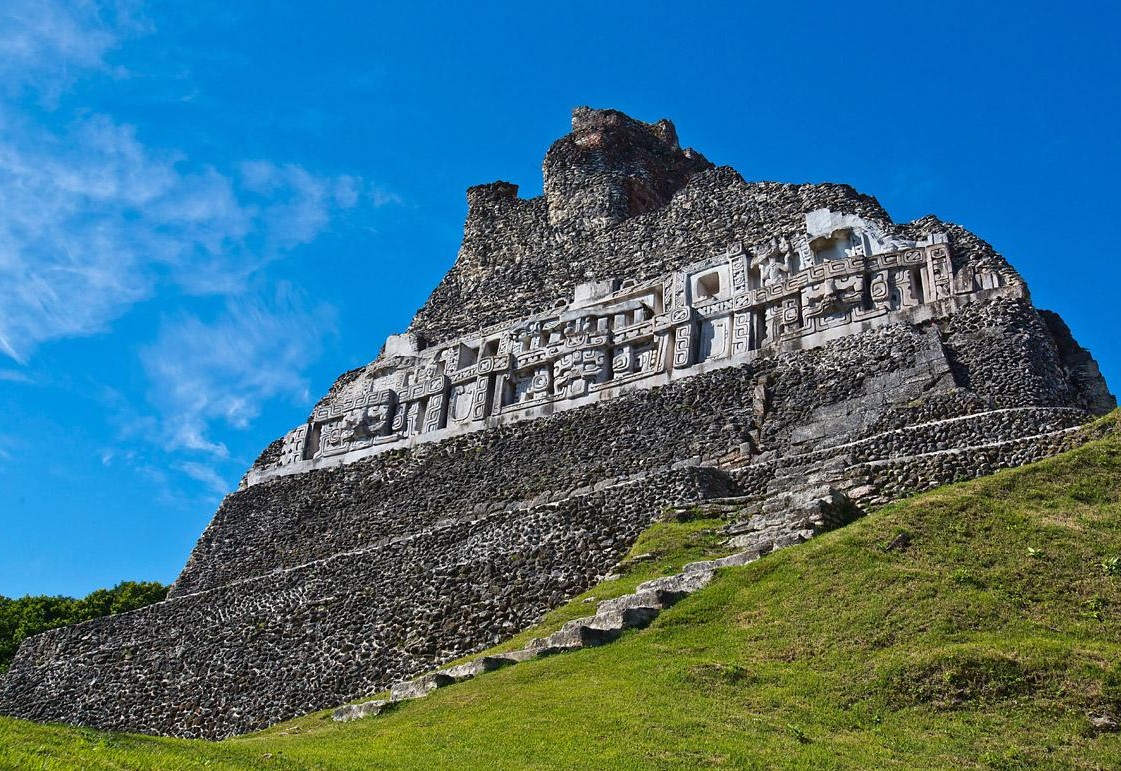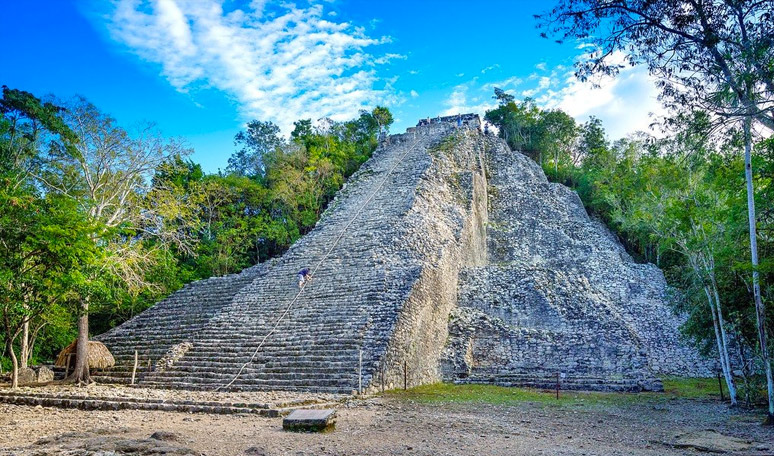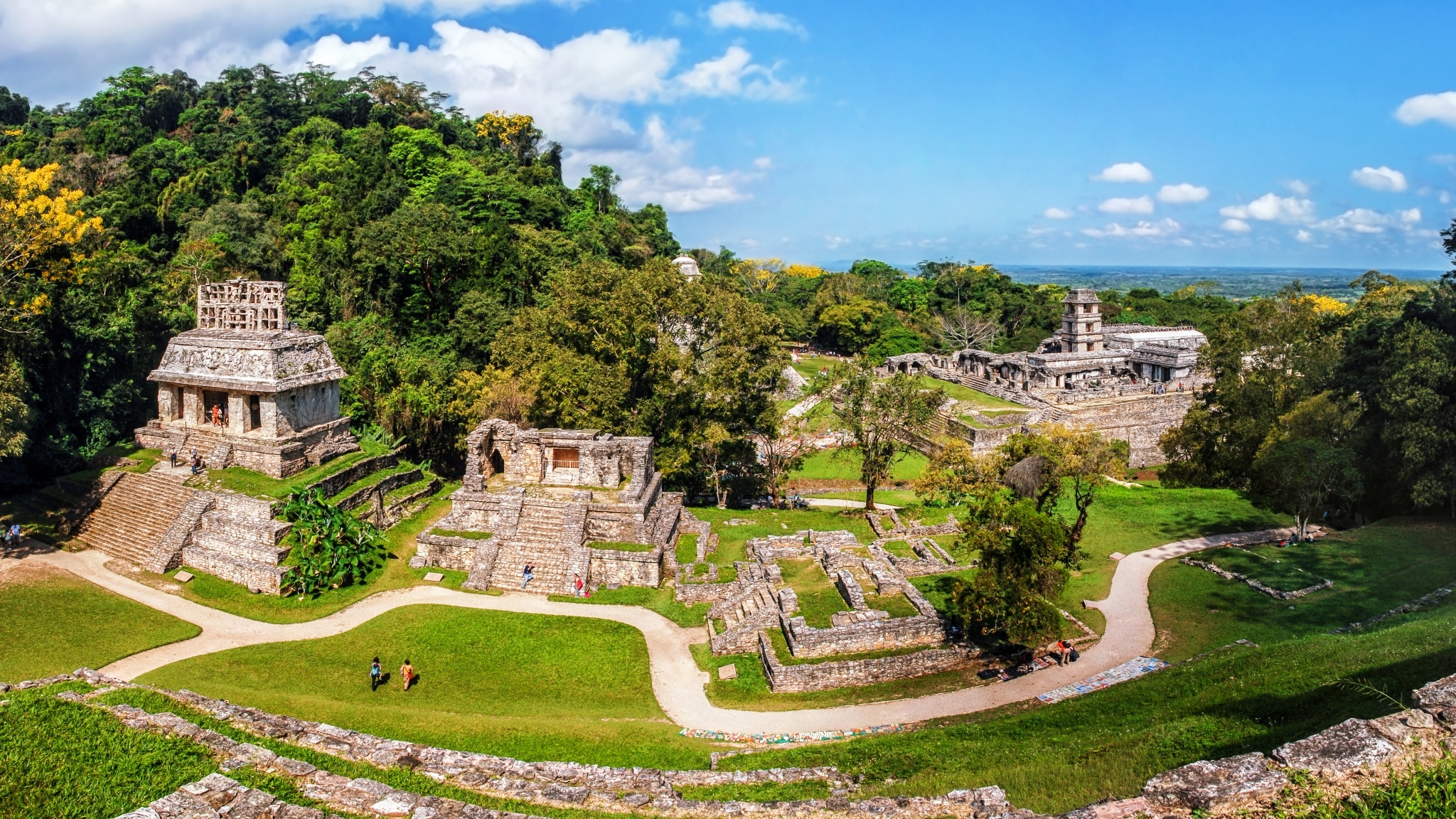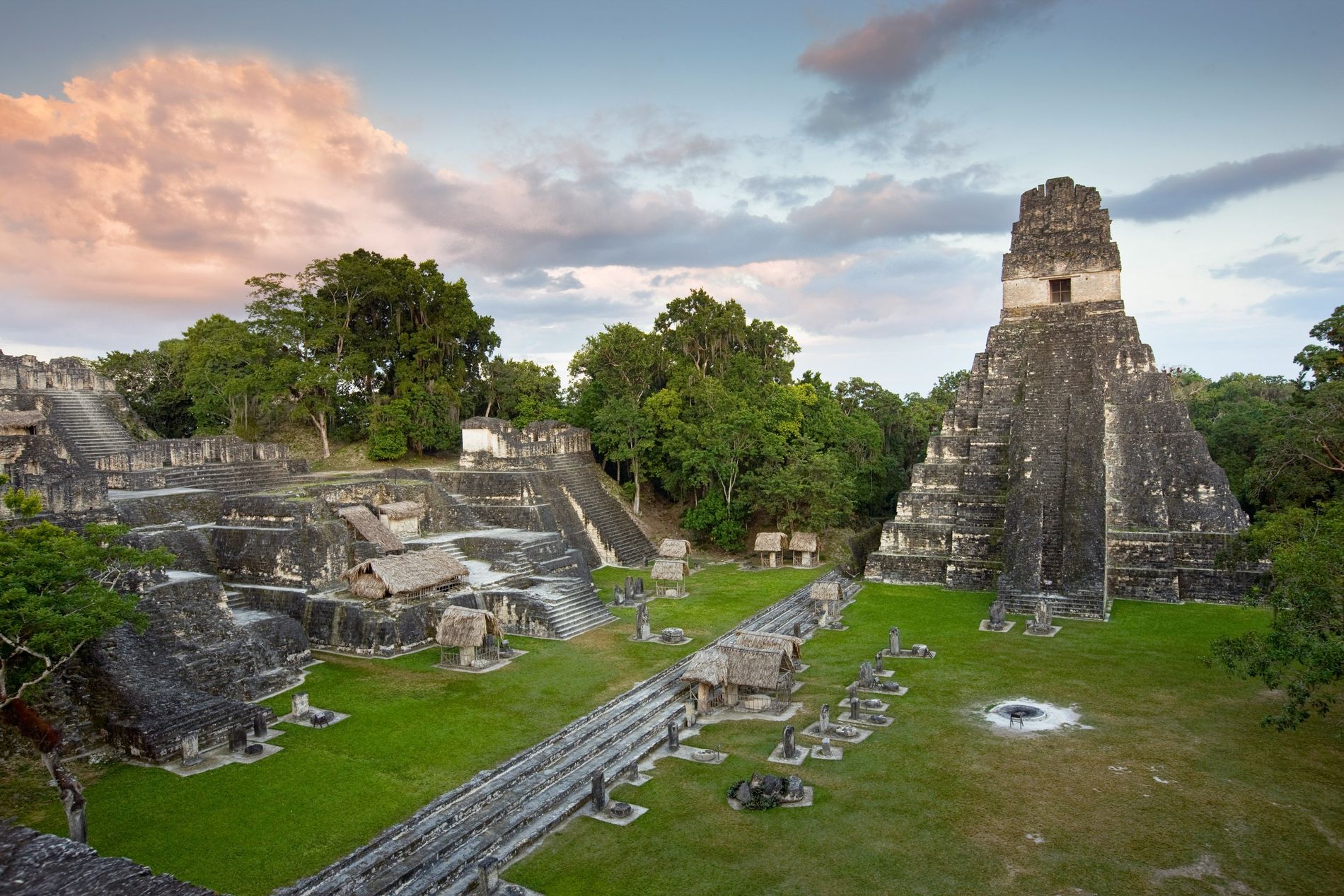The Mayan Civilization expanded further more than the Yucatan Peninsula. In this Article we listed 5 Mayan Ruins You Need to Know. Some are still in the area, near Chichen Itza. Others, take you further away to other countries. We hope this information makes you more curious about Mayan Culture. And who knows? Maybe help you plan a trip to visit different Mayan Archaological Sites...

Xunantunich is a Classic Maya (200-900 CE) archaeological zone located in the western part of Belize along the border with Guatemala. Xunantunich means “Maiden of the Rock/Stone Woman”, due to a legend about a woman that used to walk the site and disappear in the stone steps.
This Archaeological site is located on a high ridge overlooking the Mopan River. This strategic location allowed for the control of trade along this important river, and through the adjoining valley.
The site is easily reached from Belize City or Orange Walk by the Western Highway to San Ignacio. From there it is about eight miles to San Jose Sucozt. To enter the site the river needs to be crossed by means of a whimsical, hand operated cable ferry.
Opens daily from 8 A.M-5 P.M
Entrande fee is about $5 USD or $10 BZD

You might have heard of Coba, a large and important Mayan archaeological zone located in the eastern portion of the Yucatan Peninsula. It is one of the few sites to retain its original Maya name, Ko’ba a, which translates to ruffled/uneven water.
The site is located about 28 miles/47 kms inland from the Caribbean coast. Its early settlement dates to the Pre-Classic (300 B.C. – 250 A.D.), and it reached its height in economic and political power as a regional capital in the Late Classic (600-900 A.D.). Though it started to decline in status after this date, it still was a viable city until at least the 14th century. Its core area is built around four lakes, though the extended site itself is thought to encompass around 10 square miles/26kms sq, containing thousands of structures, mostly residential platforms. The population at its peak has been estimated at 50,000 inhabitants.
Coba contains numerous stelae (free-standing carved stone slabs). This stelae have a lot of historical value, since some still remain standing with legible historical data. Today, scientists have most protected under thatch roof palapas or glass protection.
Coba is reached by traveling south from Cancun on coastal Highway 307, and turning inland onto Highway 109 at the town of Tulum. It is about 26 miles/40 kms to the site from Tulum.
Opening hours from 8 A.M-5 P.M.
Entrance fee is $4.5 USD or $80 MXN.

Palenque, a UNESCO World Heritage Site, is considered by many to be the most beautiful of the ancient Maya cities. Located among low hills with streams and waterfalls running throughout.
Its original Maya name was Lakam’ha which means ”Place of many Waters”. There is also a city-state emblem glyph that reads Baak’ “bone”. The site encompasses a large area of over 1sq mile/2.5 sq km containing over 200 architectural structures with more than 30 identified groups, most of them residential. Only the core area, which in itself covers a lot of ground, is open to the public.
Palenque is located in the Mexican State of Chiapas. It is about 93 miles/232 kms southeast of Villahermosa. From Villahermosa or Ciudad del Carmen use Highway 186 to the small town of Catazaja, where the turnoff on Highway 199 to Palenque is situated.
Opening hours from 8:30 A.M-5:00 P.M.
Entrance fee is $4.50 USD or $85 MXN.

Along with Sayil and Uxmal, Labna is a Maya archaeological zone designated UNESCO World Heritage Site. It is located along the Puuc Route south of Merida in the western Yucatan just off Highway 261, and is celebrated for its famous arch. This site is one of a series of Maya ruins that can be found in the general area and with an architectural style named after the low arid hill country in which they are located. Others are Uxmal, Kabah, Sayil, and Xlapak.
Opening hours from 8AM-5PM.
Entrance fee is $3.50 USD or $65 MXN.

Tikal goes back to 1000 B.C as one of the most preeminent Maya sites. It was among the largest cities in all of the Americas.
Located within the Tikal National Park, and was declared a UNESCO World Heritage Site in 1979. Tikal is a modern Maya name which translates to “City of Voices” Its original, ancient name has now been deciphered as Yax Mutal.
Tikal is located deep within the Peten tropical rainforest in the Tikal National Park, which in turn is located in the Maya Biosphere Reserve. Tikal is most easily reached by flying into Flores, an island city in Lake Peten Itza. From there it is about 40 miles/64 km to the site. Modern Flores, ancient Tayasal, was the last independent Maya Kingdom to hold out against the Spanish onslaught which finally fell in 1697. Travel to the site can also be made by road west from Belize, or north from Guatemala City.
Opens daily from 6:00 A.M. – 5:00 P.M.
Entrance fee is $20 USD or $150 Quetzals.